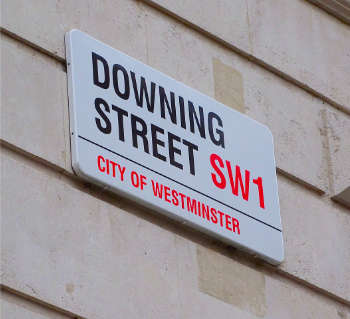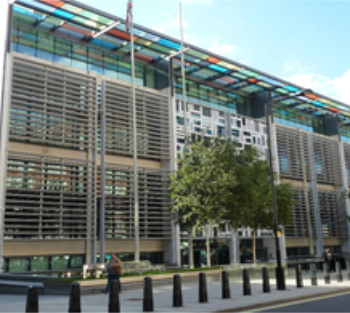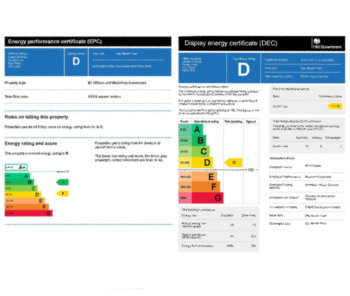Development plan
The National Planning Policy Framework (NPPF), published by the Ministry of Housing, Communities and Local Government in December 2024, states development plan: ‘Is defined in section 38 of the Planning and Compulsory Purchase Act 2004, and includes adopted local plans, neighbourhood plans that have been made and published spatial development strategies, together with any regional strategy policies that remain in force. Neighbourhood plans that have been approved at referendum are also part of the development plan, unless the local planning authority decides that the neighbourhood plan should not be made.’
The planning system is plan-led, requiring that applications for planning permission are determined in accordance with the development plan unless material considerations indicate otherwise. Where the development plan is absent, silent or outofdate, planning permission should be granted unless:
- Any adverse impacts of doing so would significantly and demonstrably outweigh the benefits, when assessed against the policies in the NPPF; or
- Specific policies in the NPPF indicate development should be restricted.
The NPPF defines Local Plans as, ‘A plan for the future development of a local area, drawn up by the local planning authority in consultation with the community, under the Town and Country Planning (Local Planning) (England) Regulations 2012. A local plan can consist of either strategic or non-strategic policies, or a combination of the two.’ See Local Plan for more information.
Additional development plan documents, such as Supplementary Planning Documents (SPD) which provide more detailed guidance, should only be prepared where they are clearly justified and should not be used to add unnecessarily to the financial burdens on development. See Supplementary Planning Documents for more information.
The NPPF defines neighbourhood plans as, ‘A plan prepared by a parish council or neighbourhood forum for a designated neighbourhood area. In law this is described as a neighbourhood development plan in the Planning and Compulsory Purchase Act 2004.’ See Neighbourhood Plan for more information.
Development plans may also include higher level plans, such as the London Plan. The NPPF makes clear that, ‘Regional strategies remain part of the development plan until they are abolished by Order using powers taken in the Localism Act. It is the government’s clear policy intention to revoke the regional strategies outside of London, subject to the outcome of the environmental assessments that are currently being undertaken.’
The London Plan is a spatial development strategy setting out an economic, environmental, transport and social framework for the development of London. It is only intended to deal with things of strategic importance to Greater London. Local plans prepared by the London boroughs should be in general conformity with the London Plan, and its policies guide decisions on planning applications by local planning authorities and the Mayor. See London Plan for more information.
NB The SuDS Manual published by CIRIA in 2015 suggests that a development plan: ‘Sets out the policies and proposals for the development, conservation and use of land and buildings in a particular local planning authority (LPA) area. It is the most important consideration for LPAs when they decide on a planning application. The plan generally includes development plan documents that are part of a LPAs local plan.’
[edit] Related articles on Designing Buildings
- Development plan documents.
- Green belt planning practice guidance.
- Local development framework (abolished).
- Local development scheme.
- Local plan.
- Neighbourhood plan.
- NPPF.
- Opportunity Area Planning Framework (OAPF).
- Planning authorities.
- Planning permission.
- Preferred options.
- Regional spatial strategies (abolished)
- Safeguarding land.
- Saved policies.
- Skeffington Report.
- Supplementary planning documents.
- The London Plan.
Featured articles and news
Shortage of high-quality data threatening the AI boom
And other fundamental issues highlighted by the Open Data Institute.
Data centres top the list of growth opportunities
In robust, yet heterogenous world BACS market.
Increased funding for BSR announced
Within plans for next generation of new towns.
New Towns Taskforce interim policy statement
With initial reactions to the 6 month policy update.
Heritage, industry and slavery
Interpretation must tell the story accurately.
PM announces Building safety and fire move to MHCLG
Following recommendations of the Grenfell Inquiry report.
Conserving the ruins of a great Elizabethan country house.
BSRIA European air conditioning market update 2024
Highs, lows and discrepancy rates in the annual demand.
50 years celebrating the ECA Apprenticeship Awards
As SMEs say the 10 years of the Apprenticeship Levy has failed them.
Nominations sought for CIOB awards
Celebrating construction excellence in Ireland and Northern Ireland.
EPC consultation in context: NCM, SAP, SBEM and HEM
One week to respond to the consultation on reforms to the Energy Performance of Buildings framework.
CIAT Celebrates 60 years of Architectural Technology
Find out more #CIAT60 social media takeover.
The BPF urges Chancellor for additional BSR resources
To remove barriers and bottlenecks which delay projects.
Flexibility over requirements to boost apprentice numbers
English, maths and minimumun duration requirements reduced for a 10,000 gain.
A long term view on European heating markets
BSRIA HVAC 2032 Study.
Humidity resilience strategies for home design
Frequency of extreme humidity events is increasing.
National Apprenticeship Week 2025
Skills for life : 10-16 February























